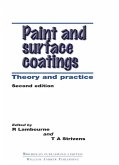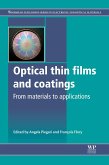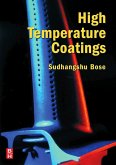This completely revised edition remains the only comprehensive treatise on polymer coatings for electronics. Since the original edition, the applications of coatings for the environmental protection of electronic systems have greatly increased, largely driven by the competitive need to reduce costs, weight and volume. The demands for high-speed circuits for the rapid processing of signals and data, high-density circuits for the storage and retrieval of megabits of memory, and the improved reliability required of electronics for guiding and controlling weapons and space vehicles have triggered the development of many new and improved coating polymers and formulations. Both the theoretical aspects of coatings (molecular structure of polymer types and their correlation with electrical and physical properties) and applied aspects (functions, deposition processes, applications, testing) are covered in the book. Over 100 proprietary coating formulations were reviewed, their properties collated, and tables of comparative properties prepared. This book is useful as both a primer and as a handbook for collecting properties data.
Dieser Download kann aus rechtlichen Gründen nur mit Rechnungsadresse in A, B, BG, CY, CZ, D, DK, EW, E, FIN, F, GR, HR, H, IRL, I, LT, L, LR, M, NL, PL, P, R, S, SLO, SK ausgeliefert werden.









